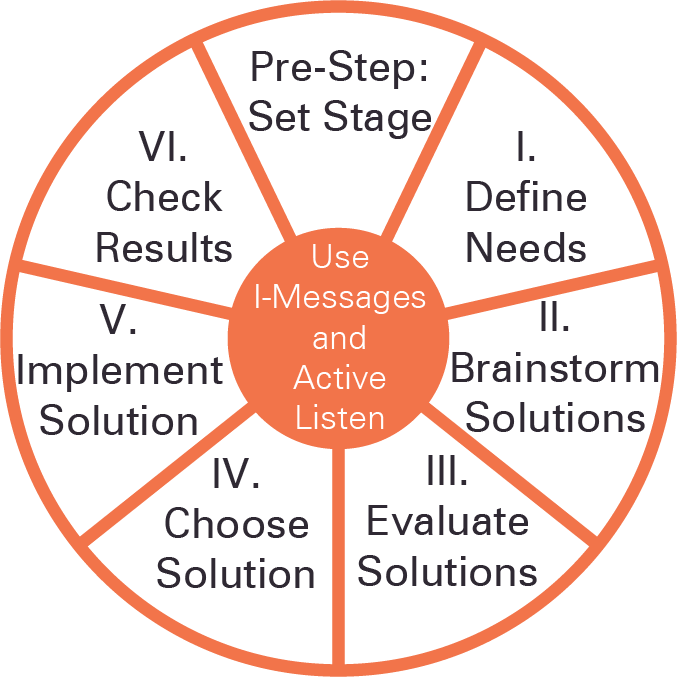 Talk to just about anybody who’s ever worked in a company larger than a couple dozen people and you’re nearly guaranteed to a familiar tale.
Talk to just about anybody who’s ever worked in a company larger than a couple dozen people and you’re nearly guaranteed to a familiar tale.
“Hey, Stan, what’s that giant contraption over there in the corner?”
“Oh. That.”
Stan seems unwilling to talk about it.
“That was some muckity-muck’s idea. Somebody up in Operations brought that in for some sort of Inventory Control Enhancement effort a few years ago. It’s supposed to help us track defective widgets or something. I don’t know. Supposed to make things more efficient somehow. Not sure we ever used it the way we were supposed to. They brought it in, we took a couple of days to train the staff on how to use it, then it spent a few weeks in the way and we kept bumping into it. It never really worked the way it should. We called the vendor a few times. After a few months we finally we wheeled it over there. That’s where it’s been ever since.”
I feel Stan’s pain.
I’ve worked in a number of industries in my career, including health care setting where everybody is frantic—all the time. Several years ago, the place I worked rolled out a brand new, incredibly expensive (so expensive it made me faint to think about it) portable handheld data entry system for physicians and nurses to use for charting at the bedside. Today, we’d call such portable devices…iPads. And actually, at the time we’d have called the most commonly available types of such devices iPads, as well. But those weren’t the solution the big bosses selected. Instead, our muckity-mucks chose a proprietary vendor, with proprietary software and proprietary electrical charging stations that were quickly dubbed “ovens.” The devices were as enormous as Etch-a-Sketches. They were heavy. They were buggy. Did I mention everybody was frantic? All the time? They didn’t have time to deal with heavy, temperamental Etch-a-Sketches.
Nobody used them. Millions of dollars’ worth of Etch-a-Sketches collected dust, forgotten and unused in their “ovens.”
Everybody was unwilling to talk about it.
Method III Starts with Needs–for A Good Reason
You can probably think of quite a few examples ripped from your own life when something you bought, either for home or for work, didn’t quite deliver all the features, benefits, unicorns, rainbows, and chocolate rivers it was supposed to. And that’s very likely because the decision to purchase—no matter the size of the price tag—started with the solution, not the need.
Solution Selling was born in the early 1980s at Xerox Corporation, and it revolutionized the process of creating comfort with high-ticket, high-risk, complex products and services.
Today, if you have any purchasing authority whatsoever, you already know the patter of a solutions-sale professional: “What keeps you up at night? What are your concerns? What are your pains? On a scale of 1 to 10, how worrisome is this? If I could show you a way to fix this, how interested would you be in solving this problem?”
Did you see the sleight-of-hand? Did you see the solution slip in before the needs were fully defined? Did you notice an entire step is missing from a legitimate problem-solving process?
To refresh, Method III isn’t just an interpersonal problem-solving process: It can also be used at the organizational level to improve decision-making process, improve results, eliminate wasteful purchases, and streamline new process and equipment rollouts.

Bottom line: Entering a discussion with a solution already in mind is usually a recipe for a bad decision, because it’s a discussion that’s artificially constrained and focused on one solution, not needs. That’s how we end up with Solution$ Graveyards and cascading unforeseen consequences.
Here is example of someone presenting their solution as the need:
“My department is drowning! I need to hire five more people, ASAP!”
Let’s dive deeper into this one and try to distinguish between needs and solutions:
-
- Proposed solution: Hire 5 more people
- Apparent needs: More help meeting looming production deadline; to stay within budget
- Possible alternative solutions to meet those needs:
- Borrow team members from another production line
- Offer overtime for a few team members to work longer hours
- Hire temp workers
- Outsource parts of the project
- Ask for an extension on deadline
A crucial question to help drill down during the needs discovery discussion (Step 1) is to continually ask yourself and/or your team members(s) who might be prematurely fixated on a solution is, “And what would having the [widget/five extra people] do for you?” Keep asking until the discussion moves away from the solution to the root cause, or the need.
Method III problem-solving, taught intensively and experientially through Leader Effectiveness Training, is a living, breathing, widely applicable skill set pays dividends across organizations, in unexpected ways. Fewer regrets about big-ticket solution$ that didn’t quite work out the way they were supposed to (because a skilled Method III problem-solver knows skipping Steps 2 and 3 in the decision-making process leads to fundamentally flawed decisions) is just one.

